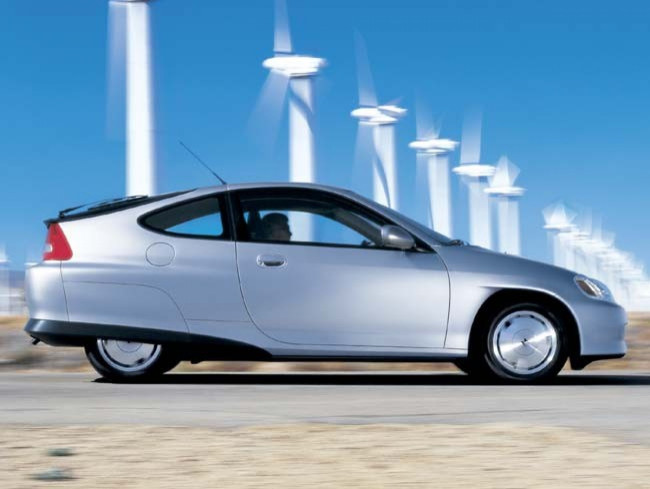Obama Sets New Fuel-Efficiency Standards for Cars, Light Trucks

U.S. President Barack Obama said his administration and thirteen automakers from around the world agreed to raise fuel-efficiency standards for cars and light-trucks to 54.4 miles per gallon (mpg) by the model year 2025.
“This agreement on fuel standards represents the single most important step we’ve ever taken as a nation to reduce our dependence on foreign oil,” Obama said.
The president said that the new efficiency standards will save an average family more than $8,000 in fuel costs over time (while saving the country about $1.7-trillion). He added that by 2025, the amount of oil used will be cut by 2.2 million barrels per day.
“This is another important step toward saving money for drivers, breaking our dependence on imported oil and cleaning up the air we breathe,” said EPA Administrator Lisa Jackson in a statement.
“American consumers are calling for cleaner cars that won’t pollute their air or break their budgets at the gas pump, and our innovative American automakers are responding with plans for some of the most fuel-efficient vehicles in our history.”
In 2010, Obama already imposed a rule that will require vehicles from model years 2012 to 2016 to reach fuel-efficiency of 35.5 mpg.
Speaking of the auto executives who appeared with him during the announcement, Obama declared: “These are some pretty tough business guys. They know their stuff. And they wouldn’t be doing it if they didn’t think that it was ultimately going to be good business and good for America.”
Sue Cischke, Ford Motor’s group vice president of sustainability, environment and safety engineering, told reporters: “This long-term commitment allows us to invest in technology and everything we need. That certainty is really important to us.”
She added that the new standards will compel car companies to develop more diverse technologies in order to supply more fuel-efficient autos for the public.
Similarly, John Mendel, Honda’s executive vice president of auto sales, told media: “The future’s going to be very exciting for the industry. From a consumer standpoint, it’s an exciting time to be around. I think it’s a huge advantage to the American public.”
However, according to a report in Forbes magazine, the new fuel-efficiency standards could eventually push up the prices of new cars.
Auto analyst Art Spinella, president of CNW Marketing Research, told Forbes that prices of fuel-efficient vehicles could rise so much as to become unaffordable for average American consumers.
“As we’re seeing even in today’s environment, the prices for aluminum, stainless steel and other metals are rising as demand in Southeast Asia and China increase. These commodities will continue to increase, putting pressure on auto prices,” Spinella said.
He explained that to reach fuel-efficiency rating of 54.5 mpg, carmakers will need to expend more money on hybrid autos as well as electric cars. Moreover, adding more high-tech components to new vehicles will probably push auto prices by 1.8 percent on average every year.
© Copyright IBTimes 2025. All rights reserved.





















